B-Roll Explained
There are generally two parts to the popular format of product marketing video. The backbone of the typical corporate video might be formed by interviews from leading figures within the organisation (for tips on managing and cutting down interviews, see our blog) But an equally important building block is “B-roll”.
Supplemental footage
B-roll is a term that originated way back in the days of 16mm film, and its meaning has evolved to become footage that is considered supplemental, and not the main ‘A-roll’ footage. In the product marketing video world, this usually means anything that isn’t interview footage.
So why do you need to film it? Well, for the simple reason that even a quick 2-3 minute video of just interviews can be really boring, and it’s unlikely many people will make it to the end. We’ve often said that video is the most engaging medium out there today, but that doesn’t mean that we can shoot the video equivalent of pages and pages of marketing copy and it will magically make people interested. Video is only interesting if it’s made interesting to watch, and that requires that every now and then we cut away from the interview to a dynamic, powerful shot that encapsulates and strengthens the message you’re trying to communicate.
Hiding the edits
The nature of conducting unscripted interviews means that occasionally the person speaking may go off-topic, stumble over their words, or need time to construct an answer they’re happy with. Ultimately, you’re never going to turn on the camera and record a perfect, 3 minute long interview that perfectly encapsulates all the messages of the video. This requires that the interview be cut up into a number of pieces. As these cuts will be visible and jarring to the viewer, it’s a good idea to try and hide them and B-roll is perfect for doing that.
B-roll also allows you to add a soundtrack to your video. It’s very difficult to get an uplifting or inspirational score with build ups and crescendos to work effectively when the picture never changes. B-roll coupled with music helps you to tell your story and instantly boosts the production values of the video.
Shooting
So how do we go about shooting B-roll? First you need to identify what is being discussed. Is it a product? If so, your B-roll will need to consist of shots of it being made and developed, and shots of it in action by customers who are enjoying it. If it’s more of a service, you need to show people carrying it out. B-roll shots can be subtle and you don’t always have to be totally illustrative of what you’re saying, but if you’re trying talking about how enthusiastic people are about your product, it’s always a good idea to show people with big smiles on their face while they use it.
B-roll is essentially a tool to make your product marketing video look slicker, and to tell your story in a more exciting and engaging way, which is what great video production is all about.
To find out more about us and our services, please click here.



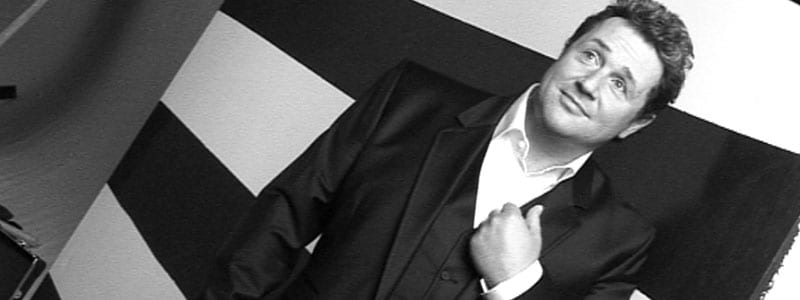

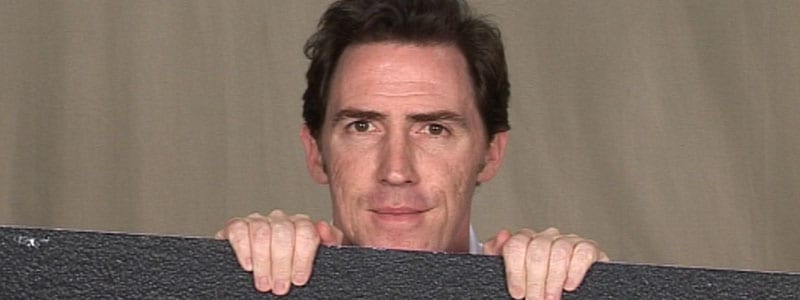
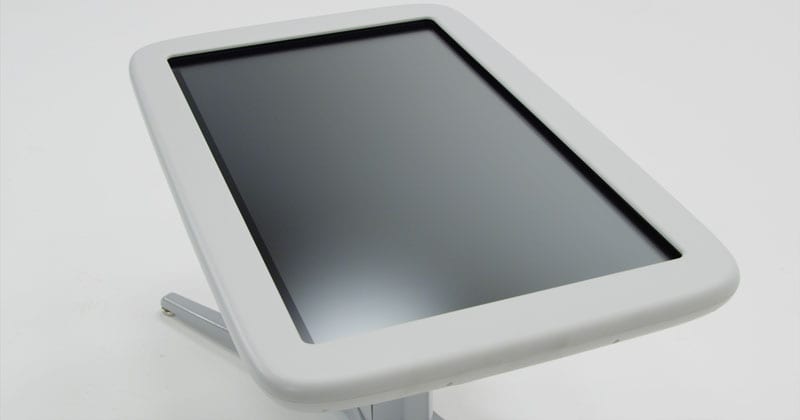

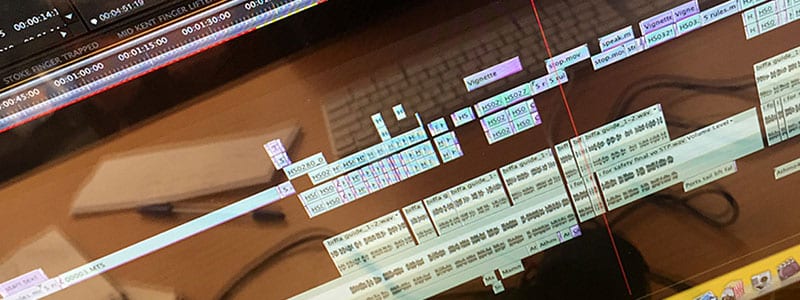

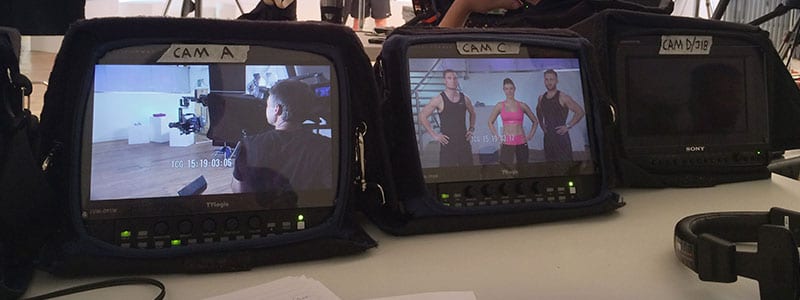
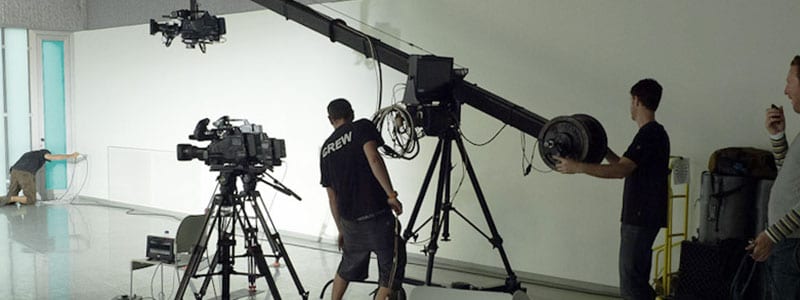
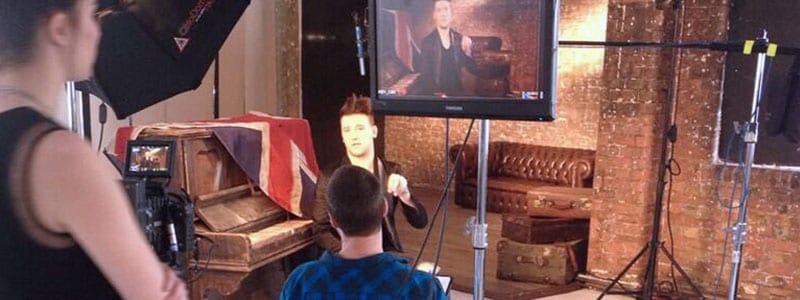
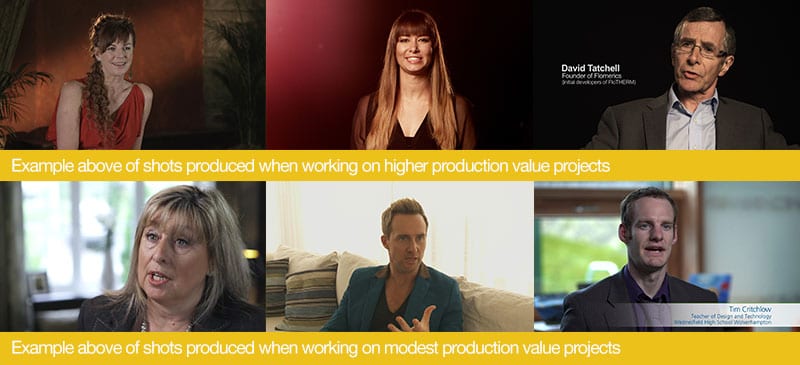
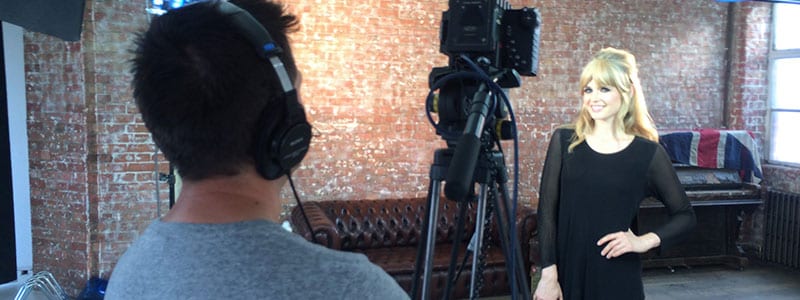


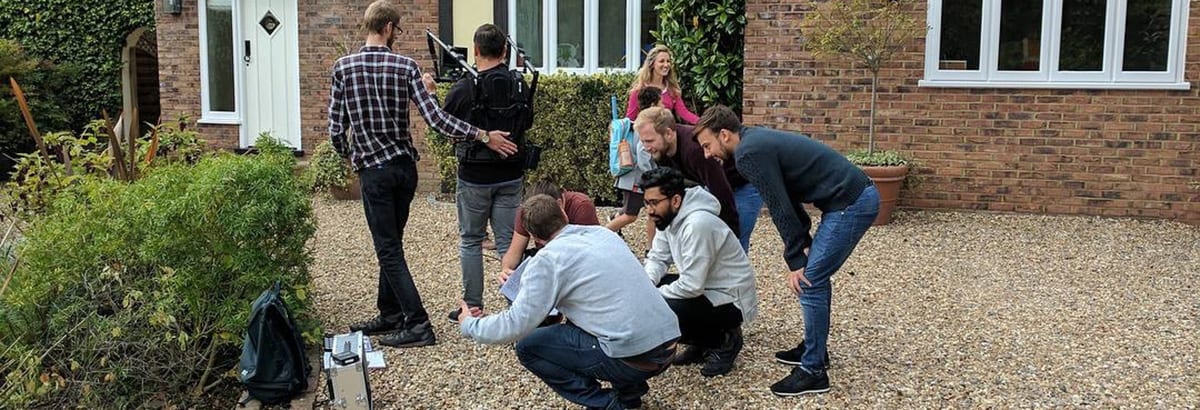



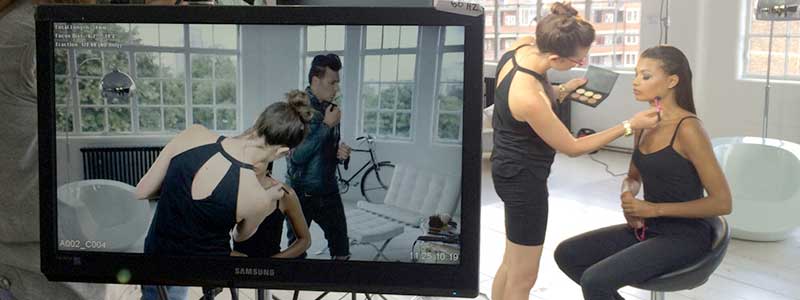
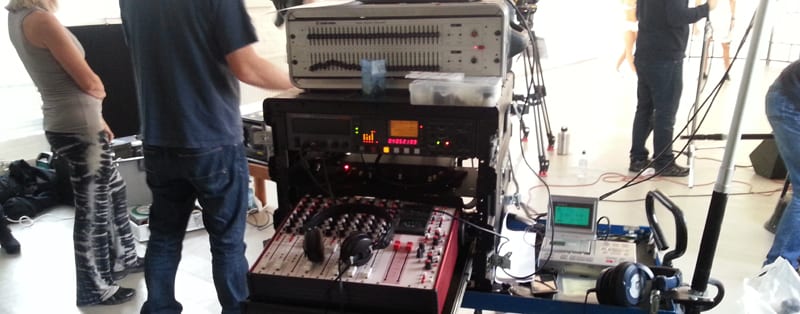
Recent Comments